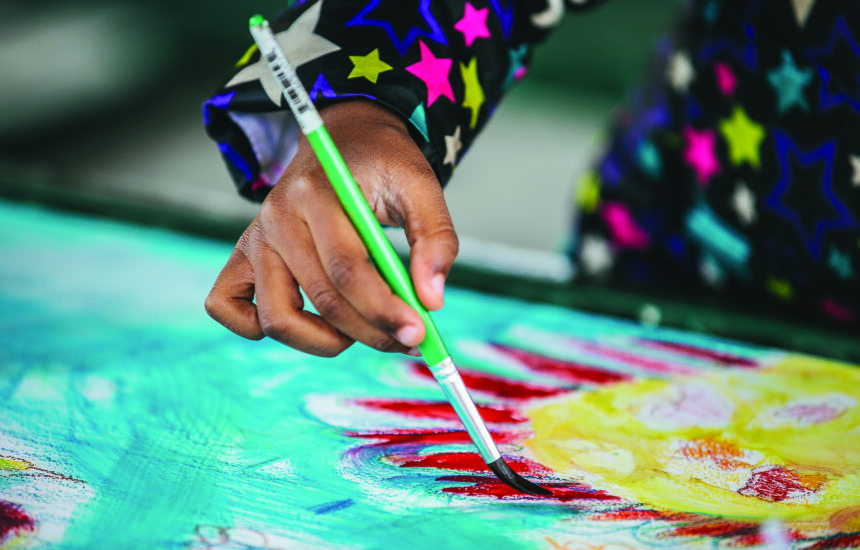Unleashing Creativity in the Classroom: The Power of Arts Integration


Arts integration makes learning meaningful. It helps students reach academic goals at a high level, build self-confidence, and increase cooperation and collaboration. This concept provides students with new ways to learn and retain lessons and equips educators with techniques that can be recreated and used in the future.
Traditional classroom methods often rely heavily on lectures, textbooks, and standardized testing, which can leave many students feeling disengaged and uninspired. This one-size-fits-all approach fails to tap into the full potential of every child.
Arts integration takes a different path. By seamlessly weaving an art form — whether it’s dance, music, theatre, or the visual arts — into core academic subjects like math, science, history, and language arts, educators can create dynamic classroom experiences that cater to various learning styles. Suddenly, abstract concepts become tangible and students are encouraged to think outside the box, fostering a deeper understanding of and appreciation for the material.
An article in the latest issue of Childhood Education: Innovations magazine explores the arts integration approach.
Subscribe to Childhood Education Innovations magazine to read the rest of this article and access other articles highlighting innovative solutions to education challenges from educators around the world.
Childhood Education Innovations is a magazine featuring articles that explore solutions to challenges affecting schools, teachers, and learners worldwide and showcases innovations to address those challenges.